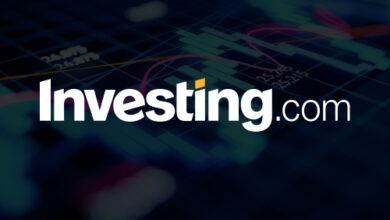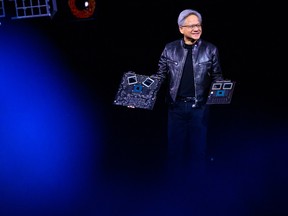Hydrogen markets progress towards price transparency
Green ammonia pricing, tenures vary on a global basis
Offtakes that share risks, remain competitive are challenging: Asian buyer
Pricing visibility is a global trend that has gained traction in the emerging low-carbon hydrogen and ammonia markets, with participants recognizing that information aids in securing competitive offtake agreements and getting projects online, according to an S&P Global Commodity Insights analysis.
Not registered?
Receive daily email alerts, subscriber notes & personalize your experience.
Market-based indications for low-carbon ammonia rose 15% over the year, while 51% for low-carbon hydrogen, with the sum rising 42% year over year through April 26, reinforcing the market’s progress towards transparency, S&P Global data shows.
Stakeholders exploring hydrogen as a decarbonization option are increasingly inclined to disclose pricing details as there is increased desire to assess market value, in order to foster market growth.
Global hydrogen production volumes are forecast to grow from 97 million mt in 2023 to 120 million mt in 2030 and 265 million mt in 2050, according to S&P Global’s Clean Energy Technology Analytics Market outlook.
Conventional hydrogen marketplace
The conventional hydrogen market has traditionally relied on project financing for long-term infrastructure projects, with long-term offtake contracts being structured before the final investment decision of a project.
These personalized and undisclosed supply contracts have been instrumental in securing financing, managing feedstock pricing volatility, and mitigating project risks. They have played a crucial role in delivering “grey” hydrogen to end users such as refineries and ammonia producers. However, this market has been dominated by a limited number of players, with limited pricing visibility and optionality, making it challenging for new entrants to make informed decisions based on price references.
Historically, the high cost of transporting hydrogen has led industrial gas producers to build infrastructure in regions where the demand is, and these infrastructure costs have been embedded in long-term contracts. As a result, the firstcomer industrial gas player in a region has a competitive edge on a regional basis, reinforcing the limited optionality.
However, the low-carbon hydrogen market is now experiencing a surge in global investments, and supply deals, such as Norwegian fertilizer company Yara and ACME Cleantech signing of a long-term offtake agreement for supply of 100,000 mt/year for renewable ammonia from 2027 onward. Low-carbon hydrogen and ammonia auctions and tenders, such as TotalEnergies 500,000 mt/year tender for green hydrogen into Europe, with expected usage in it refineries sector — are both becoming more common for supporting project developers and securing competitively priced and structured contracts.
These more transparent deals have helped other companies be able to create business models that use actual prices and contract structures from the market. The more deals that get made, the more pricing information becomes available, which in turns brings out more transparency and creates a kind of virtuous loop for investments.
Pricing becoming more visible
Pricing information for renewable derived ammonia shared with S&P Global has evolved from a standard offtake contract structure and flat price to price ranges that vary across regions based on support schemes, renewable energy portfolios, mandates and best fit technologies.
For example, market participants have showed a willingness to pay value (WTP) for Asia in the range of $550-$650/mt, with 15-year to 20-year contracts the most common, and 10-year contracts being seen at $720-$750/mt range. A WTP value for Europe indicated in the range of $600-$1,000/mt is also being offered as long-term contracts with preference given to shorter contracts of 10-15 years, sources have told S&P Global.
Contract tenures have been noted to be tied to the lifetime of the plant and the debt repayment timeframe, with shorter fixed-price contracts generally holding a premium compared to longer contracts.
Securing a modest offtake agreement where the project’s risks are shared and offers competitive prices is challenging, a Japanese low-carbon prospective buyer told S&P Global Commodity Insights.
Platts model-based renewable power derived ‘green’ ammonia assessments for CFR Europe were at $938.05/kg on April 22. The price was for US material and reflected the most competitive export price among exporters from Middle East, USGC and East Coast Canada. Platts green ammonia CFR Europe value is within the indicated WTP range by the market of $600-$1000/mt for Europe, yet above several long-term contract offers heard in the range of $600-$750/mt, which also vary in tenures.
Platts green ammonia for CFR Asia was also assessed April 22 at $899.85/mt for Middle East-origin cargoes, the most competitive price compared to product from Australia and West Coast Canada.
According to Platts market data, market-based green ammonia values reported on an FOB basis for export vary due to differences in regulations, regional renewable power pricing and portfolio mixes, as well as freight rates. With all of these variables in flux, what is competitive today may not be tomorrow.
“I feel this might be the year we see increases in green ammonia/hydrogen price forecasts and offers due to lack of cheap green power prices,” an ammonia producer and low-carbon ammonia developer told S&P Global.
Platts is part of S&P Global Commodity Insights.





